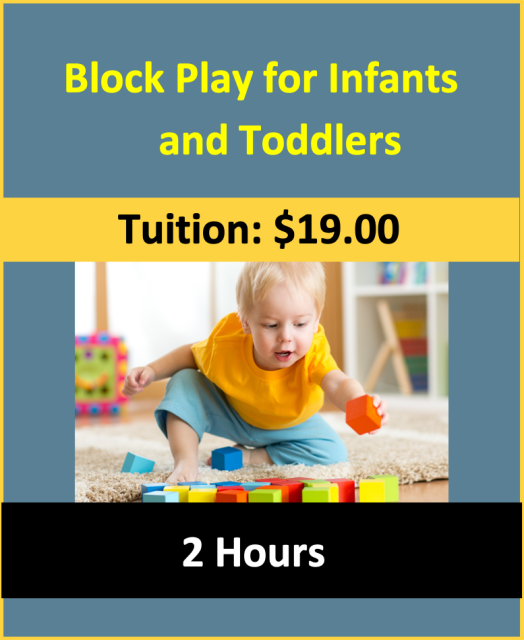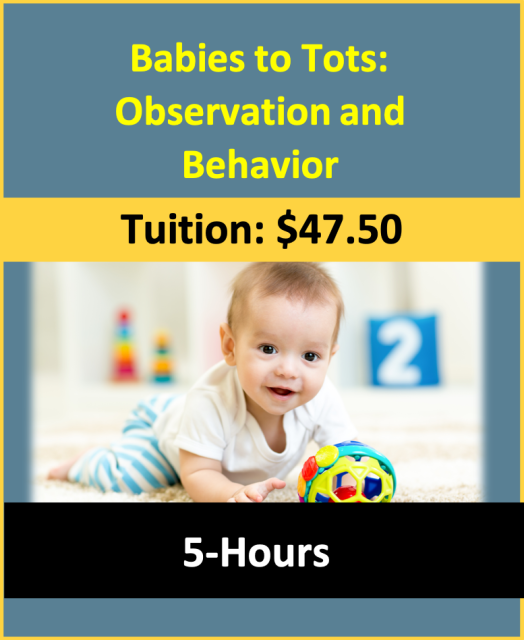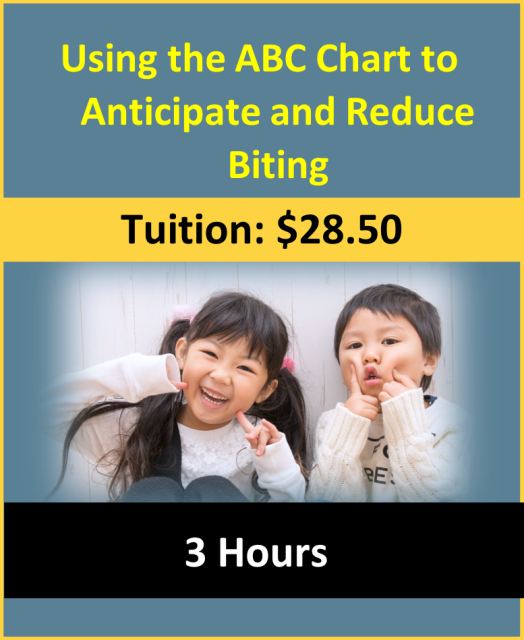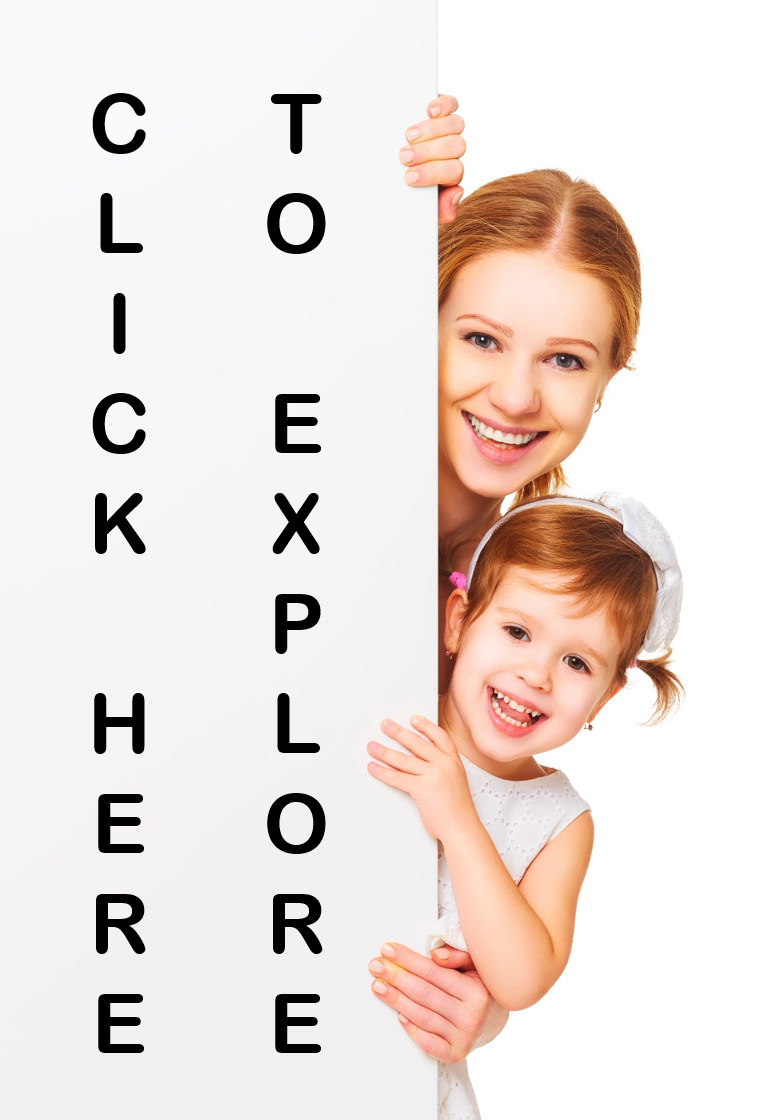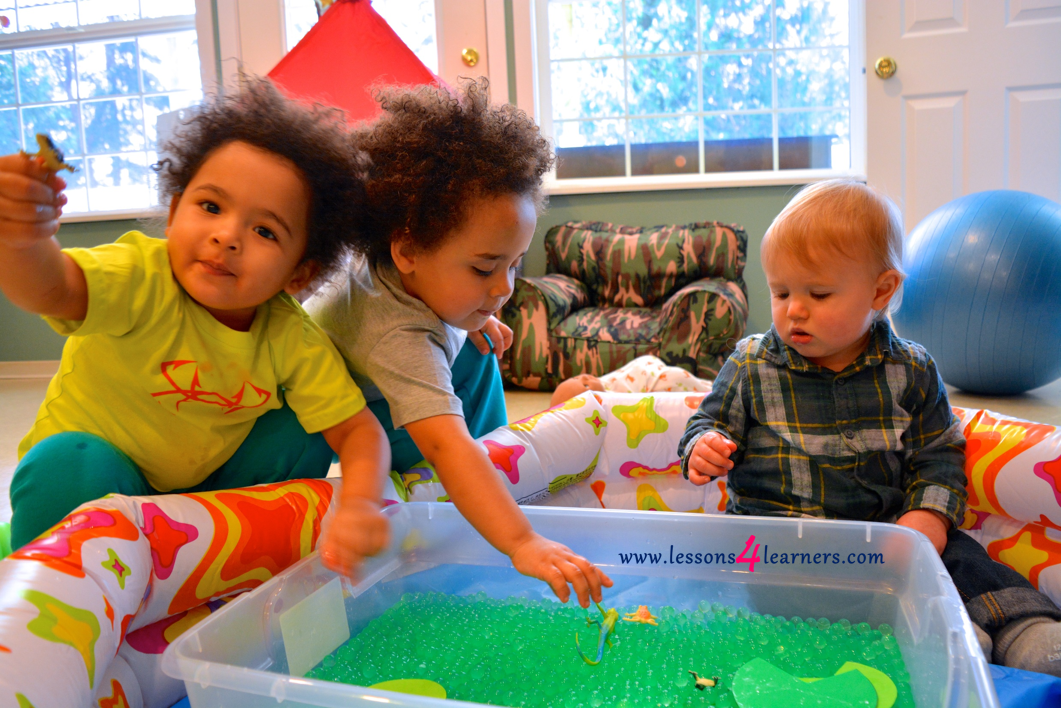Pirate Hats
Lesson Plan:
Activity:
Pirate Hats
Lesson plan developed by Ms. Erika Geelhoed, BA Ed
Age Group:
* Lesson plan objective and assessment can be adapted to use this activity with toddlers or preschoolers.
Objectives:
Children will:
- practice fine motor skills my manipulating a crayon.
- express themselves by creating a piece of artwork.
- connect literature with the arts.
II.7.4a
- Candidate promotes individual expression and creativity
- a) Encourages creative self-expression in children’s activities
Procedure:
- Begin the activity by finding a comfortable spot to read Shiver Me Letters with the children.
- As you are reading, be sure to use an excited tone and inflection to hold the children’s attention.
- You can also stop from time to time to talk about what is going on in the story.
- Even though the children may not fully understand the “conversation,” practicing reflection skills during reading will be useful for them in the future.
- When finished reading, invite children to color on the paper with crayons.
- When the children has finished coloring, turn their work into a pirate’s hat by folding the paper in half length wise (hamburger style).
- Fold the top corners, leaving a strip at the bottom.
- Lift up the front flap and at the bottom and fold up.
- You can place the hat on the children and take pictures to send home to families.
Assessment:
- During the activity, observe the children’s fine motor skills. How well are they able to control the writing utensil? Document the activity and put this information in the children’s portfolio to show progress over time.
Click on the course icon for enrollment information.
The Importance of Play for Cognitive Development
|
Cognitive development, in a sense, refers to an individual’s ability to know and understand the world. The thinking of children is different from the thinking of adults. The developmental pathway to a more adult way of thinking occurs in stages as the child grows and has more experiences with his environment.
During play experiences, infants and toddlers learn about their worlds and make discoveries through lifting, poking, mixing, touching, and exploring objects. Play gives infants and toddlers information about the world to build new understandings. Play helps infants and toddlers develop thinking skills. Like physical development, cognitive development progresses differently for infants than it does for toddlers. |

